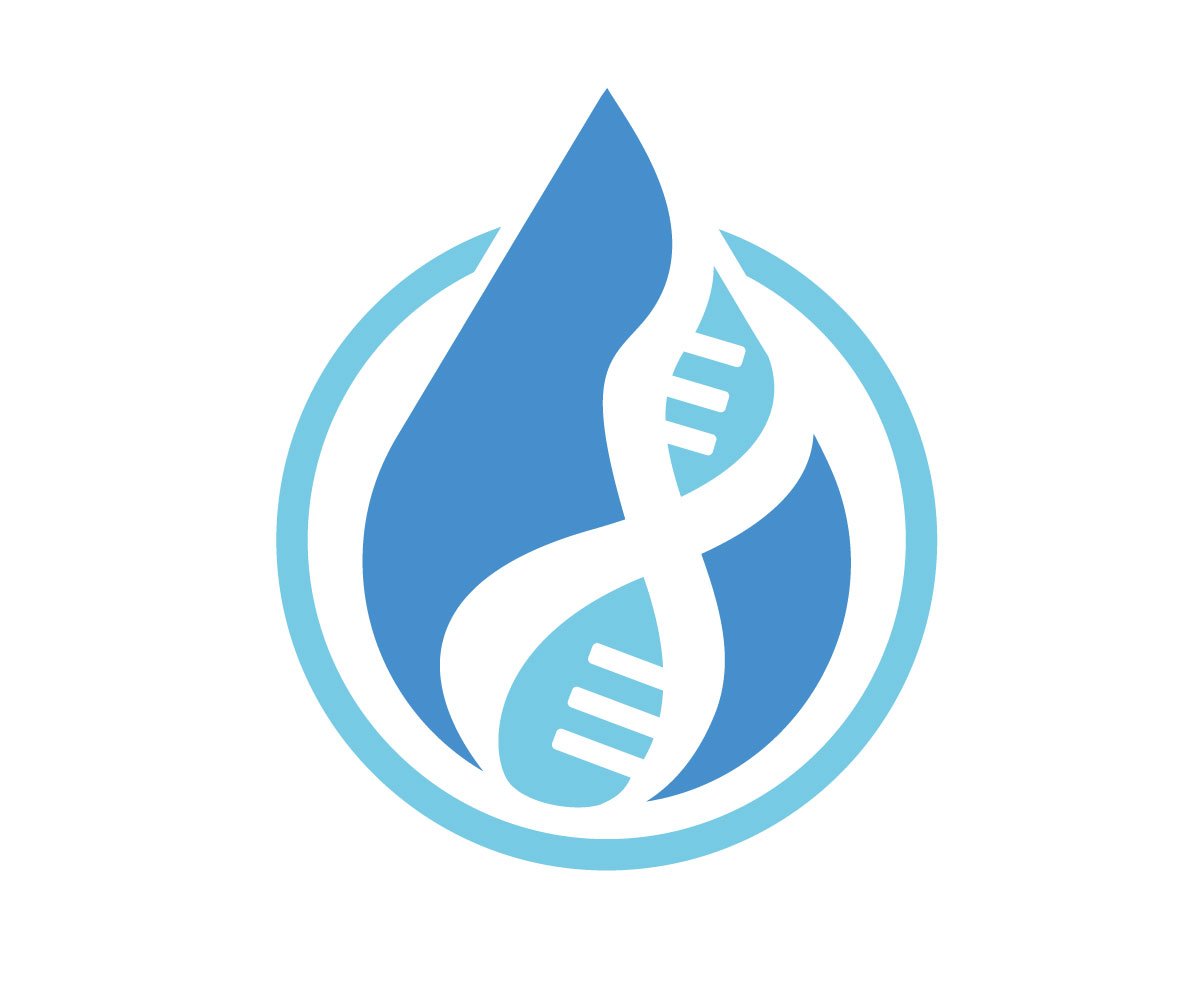Case of a Bone Marrow Recipient With Altered DNA Results
In the New York Times this week, coverage on an unusual case. NYT reporter Heather Murphy wrote about the story of a man whom researchers are studying because he had received a stem cell transplant, and subsequent DNA testing revealed unusual results.
Sign up to read this post
Join Now

